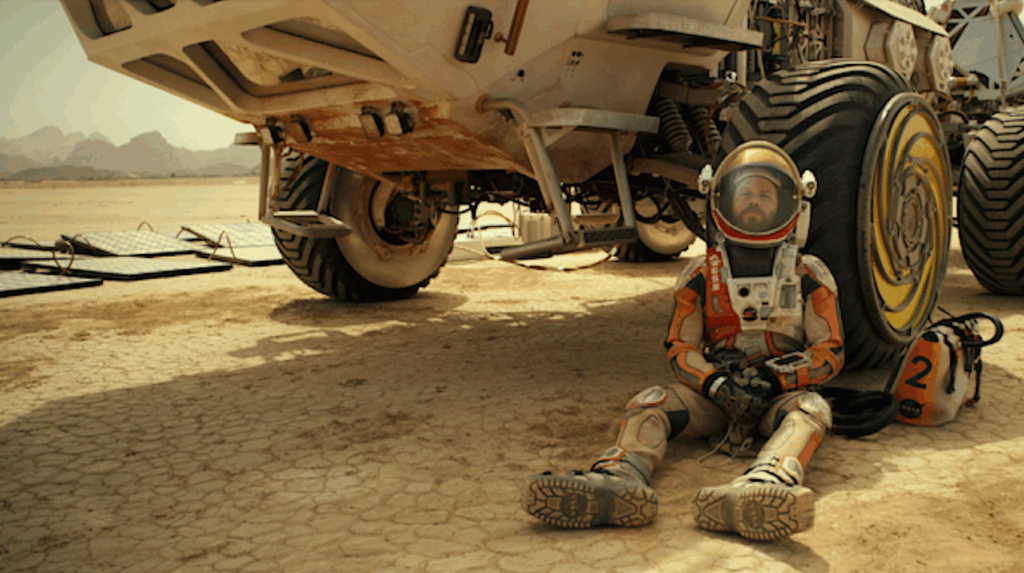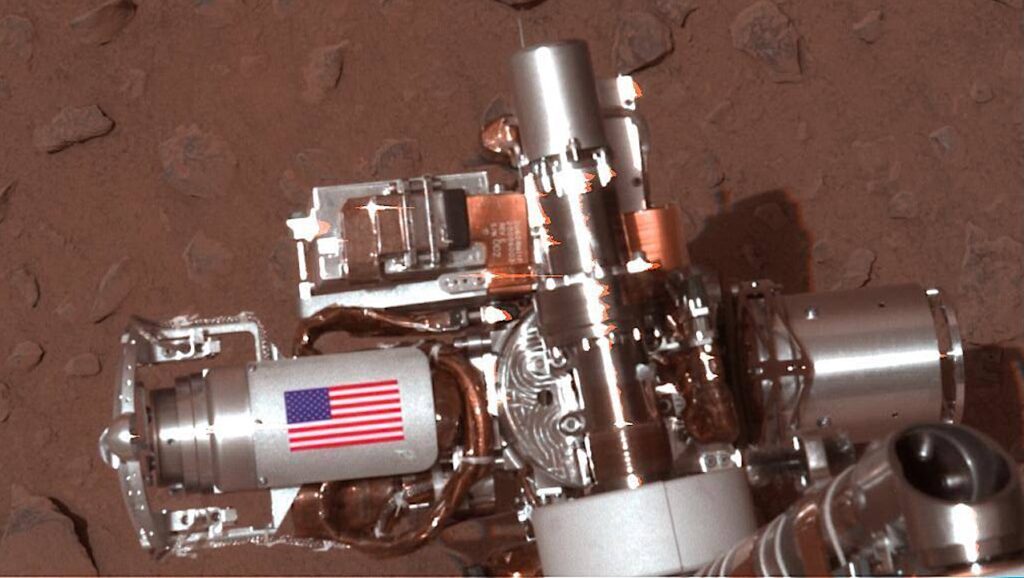VASIMR and Explorers
 The Explorers Club Hosts Plasma Rocket Demo With Astronauts Scott Carpenter and Dr. Franklin Chang-Diaz
The Explorers Club Hosts Plasma Rocket Demo With Astronauts Scott Carpenter and Dr. Franklin Chang-Diaz
“The demonstration of the VASIMR rocket engine prototype, called the VX-200 (for VASIMR Experimental at 200 kilowatts), will be hosted at the Ad Astra research facility by The Explorers Club, the international exploration organization, at 2 p.m., Friday, June 22, 2012. Also attending will be legendary astronaut Scott Carpenter who flew in 1962 as part of the Mercury program, and Ad Astra’s Dr. Franklin Chang-Diaz who has flown to space seven separate times, all aboard the Shuttle.”









I wish I could see this, could someone webcast it please?
This is not going to be exciting. What can they demonstrate…. a blue glow through a window on a vacuum chamber?
Now a demo on the ISS might be more interesting.
They talked about attaching VASMIR to ISS for continuous re-boost capability, but without the shuttle, I don’t see it happening.
What about in the unpressurized part of Dragon? The VF-200 doesn’t look that big.
http://www.adastrarocket.co…
To really put the VF-200 through its paces you need a large source of power and probably a lot of cooling capability. It might also be very useful to have some astronauts nearby who could do a spacewalk, or at least a large robotic arm, in case something needs to be fixed or reconfigured during the experiments. The ISS is perfect for the job, and it would be hard to replicate that anywhere else.
This kind of testing should be the poster child for showing the utility of the ISS.
… also needs to be attached in an appropriate place, such that the thrust vector goes through the axial direction of the CG. The combination of factors limits where you put it, and the usable configurations of the ISS. Can’t just snap on like a LEGO block.
add:
Systems integration of VASIMIR as a propulsion system for ISS is a considerable task.
Many people may forget with SSF the Propulsion Module was an out of scope program that was replaced for the ISS with MIR-2’s components, currently in use.
Lets assume you have developed a propulsion module already. You’d need to tie in to the coolant loop – difficult because of the EVA’s and ammonia contamination on the suits. And you’d need to model the thermal load, may need to add more means to disspate / flow rate etc. Likewise you need to schedule the load on the power distribution of the modules. And you’ll need a means to refuel them – either like Progress does with the docking hardware, or via an unpressurized cargo transfer, with a tank or module.
The Ad Astra website has a graphic showing VF-200 located above the equipment lock, although it’s hard to tell what it is attached to. Could be that whoever created the graphic just stuck it where it seemed to fit.
Since it will only be up there for testing and won’t be putting out very much thrust during its short battery powered test runs, then maybe the CG won’t be too much of an issue as long as it doesn’t create too much torque during the tests.
“To really put the VF-200 through its paces …”
Yes it definitely would be too bad if they had to scale back their tests due to less than ideal placement. Unfortunately that could wind up being the price they pay for riding on ISS.
The Space Act agreement that NASA signed with Ad Astra in 2008 was only for possibly using ISS as a test bed for VASIMR, it had nothing to do with reboost. Although Chang-Díaz has said that he hoped that in the future NASA might consider the technology for that purpose.
Chang-Díaz has also said that he never planned for VF-200 to go to ISS on the Shuttle because he knew the program was ending, and instead he has always intended to use a CRS vehicle. From what I understand Ad Astra is still deciding between SpaceX and Orbital.
Meanwhile NASA has apparently still not made the decision if VF-200 will go on ISS, although the latest Support Agreement that NASA signed with Ad Astra last month seems to indicate that they are still moving in that direction.
“In late May, Ad Astra and NASA expanded a five-year-old Space Act Agreement (SAA) focused on further Vasimr development to begin the safety, reliability and mission assurance phase of the project. The amendment commits the equivalent of one full-time NASA expert to the safety process in exchange for an agency knowledge gain in the technology.
The long-running SAA, which does not involve an exchange of funds, is leading toward the launch of a 200-kw Vasimr prototype to the space station” or an independent orbiting free-flyer in the 2015 timeframe for a three-year checkout of performance and reliability”
http://thespaceport.us/foru…
“The amendment commits the equivalent of one full-time NASA expert to the
safety process in exchange for an agency knowledge gain in the
technology.”
Wow. One whole expert. That’s some commitment for the only truly advanced working, next generation propulsion system. How many are on J-2X, a rebuild of a 40 year old design?
The issue of VASMIR on ISS has more to do with it interfering with existing plans / safety than anything else. You can’t just swap it with an existing module.
Note how long its taking to arrive at a test of NOFX propellant on ISS. Which doesn’t need a substantial power source to supply amps to …
Many underestimate the time it takes to qualify and accumulate satisfactory flight history.
The Space Act agreement that NASA signed with Ad Astra in 2008 was only for possibly using ISS as a test bed for VASIMR, it had nothing to do with reboost. Although Chang-Díaz has said that he hoped that in the future NASA might consider the technology for that purpose.
Chang-Díaz has also said that he never planned for VF-200 to go to ISS on the Shuttle because he knew the program was ending, and instead he has always intended to use a CRS vehicle. From what I understand Ad Astra is still deciding between SpaceX and Orbital.
Meanwhile NASA has apparently still not made the decision if VF-200 will go on ISS, although the latest Support Agreement that NASA signed with Ad Astra last month seems to indicate that they are still moving in that direction.
Here’s something where the ISS could really provide a lot of value. Yet it doesn’t seem NASA is prioritizing this. How sad. VASIMR is one of the most exciting things going on today for the future of space travel, but it’s stuck in first gear while we throw billions at the SLS rocket to nowhere.
NASA used to fund VASMIR but something happened (I’m not sure what) but now Dr. Chang-Diaz and VASMIR is separate from NASA, as I understand it.